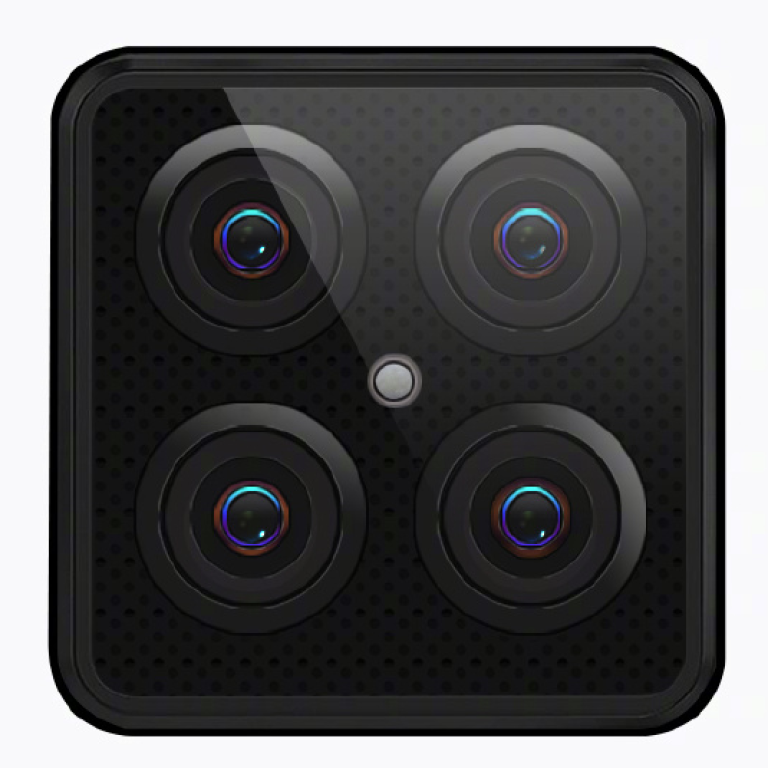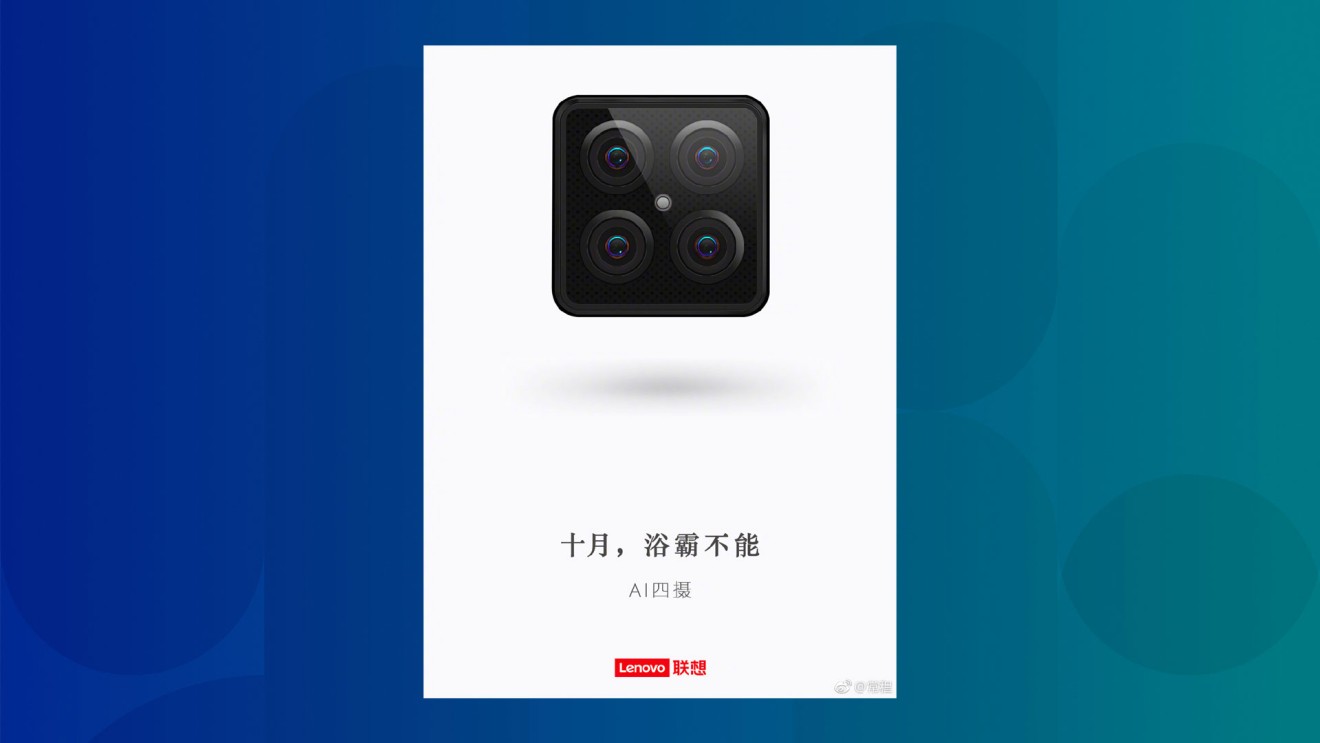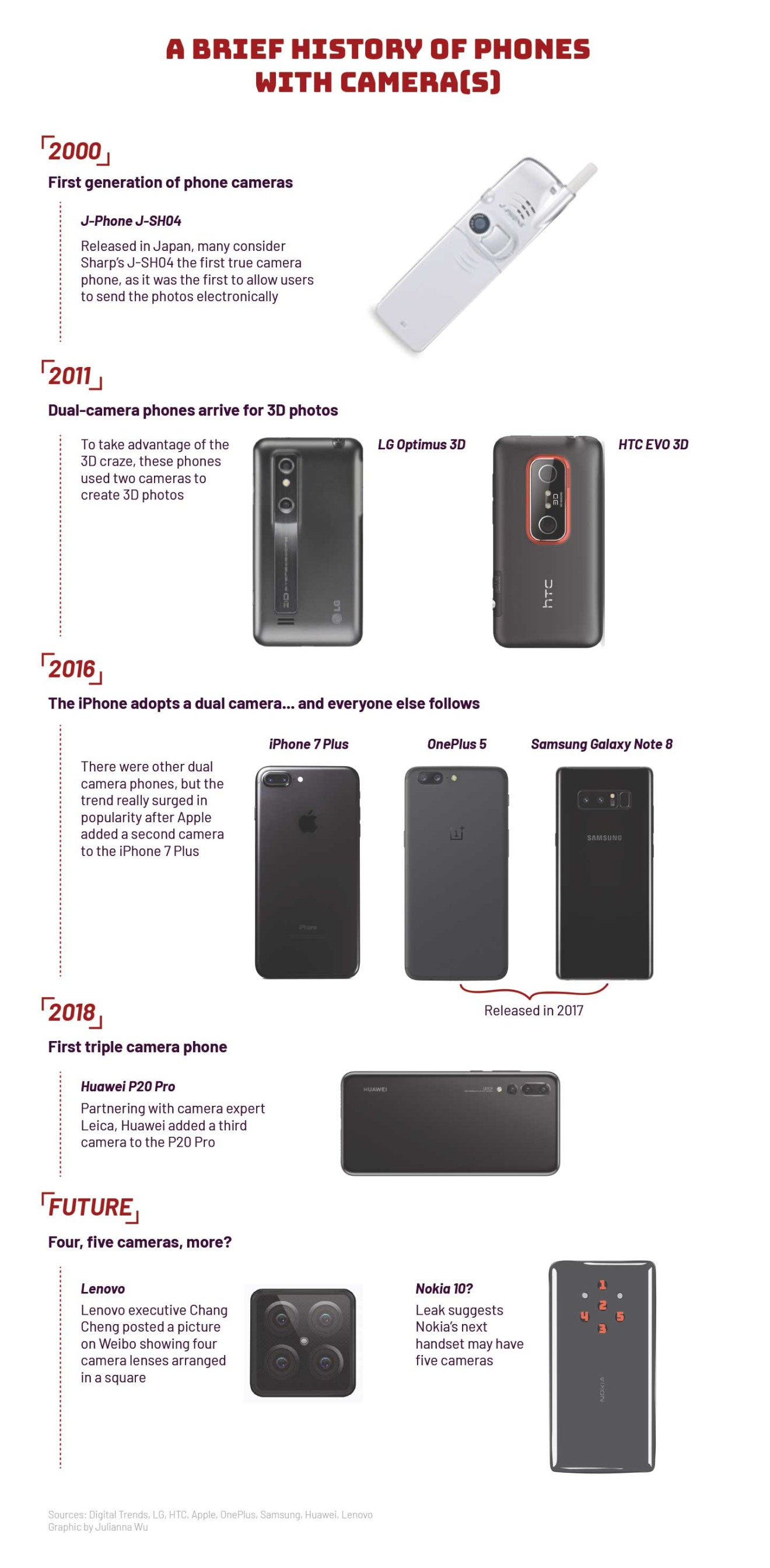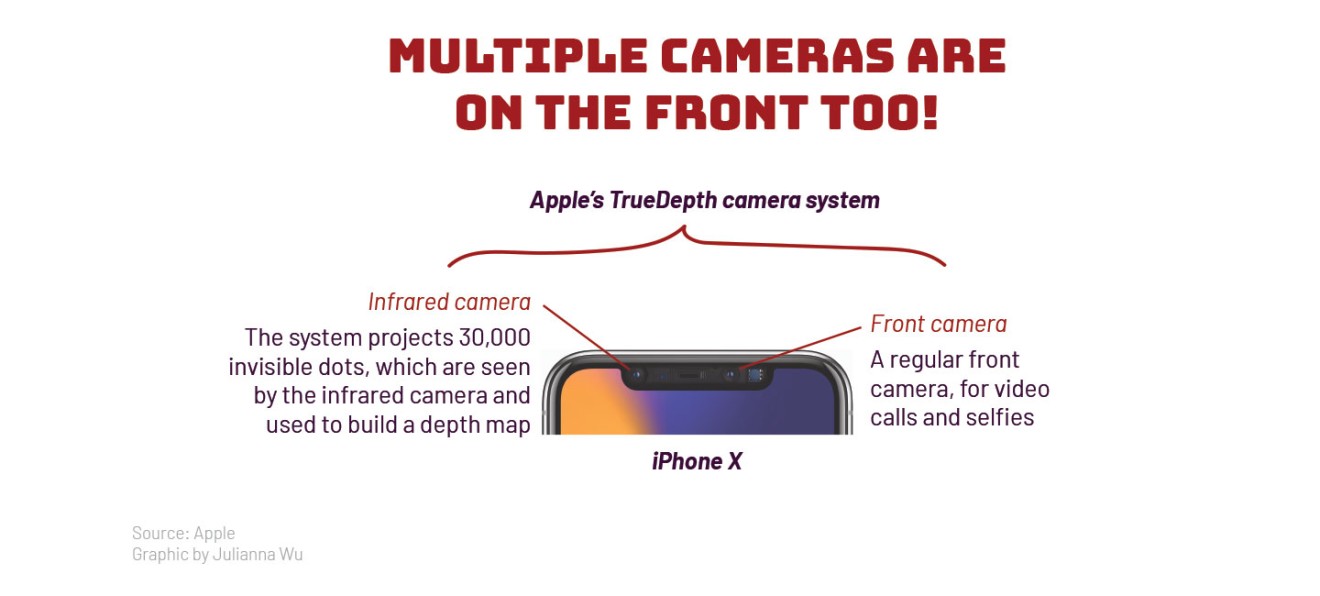
Here's why smartphones have multiple cameras
There’s a reason the iPhone XS Max, Huawei P20 Pro and Samsung Galaxy Note 9 have multiple cameras
Yup, Lenovo seems to be hinting that they’re about to show off a phone with four cameras.

Steve Jobs reportedly didn’t even want a camera on the first iPhone. But not only do we expect every smartphone to have a camera now, we also have a very high standard for the pictures they take: Sharper, brighter, more colorful, more details in low-light, and all at the tap of a button.
But handset makers can’t just bolt on a huge DSLR lens. They still have to keep phones small and thin enough to slip into a pocket. How do you improve on a phone’s camera without making it significantly bigger?
Yup, more cameras.
And the idea isn’t new. The first handsets with two cameras started appearing in 2011. It’s so long ago that they were created to snap 3D photos. (Remember when 3D was a thing?)

So having more cameras produces better pictures. But what do they actually do?
Some help you zoom in closer, while others let you capture more detail in a photo. Put together, they make for a more versatile smartphone camera.


Lenovo shows off a bendable smartphone
For more insights into China tech, sign up for our tech newsletters, subscribe to our Inside China Tech podcast, and download the comprehensive 2019 China Internet Report. Also roam China Tech City, an award-winning interactive digital map at our sister site Abacus.
For more insights into China tech, sign up for our tech newsletters, subscribe to our Inside China Tech podcast, and download the comprehensive 2019 China Internet Report. Also roam China Tech City, an award-winning interactive digital map at our sister site Abacus.


